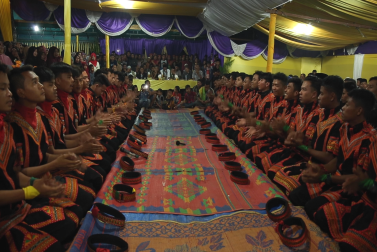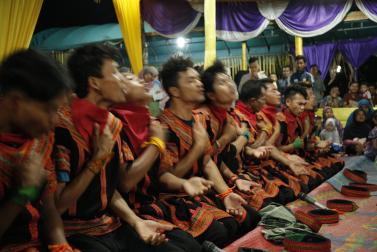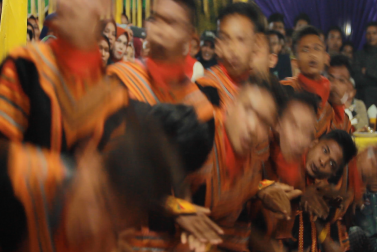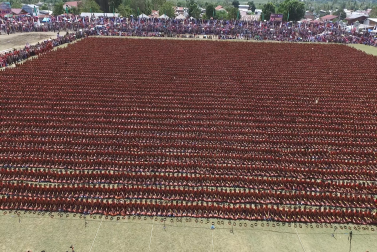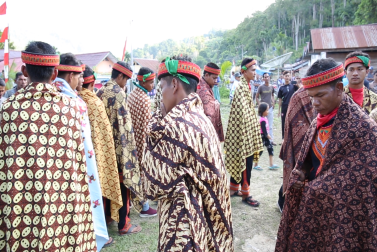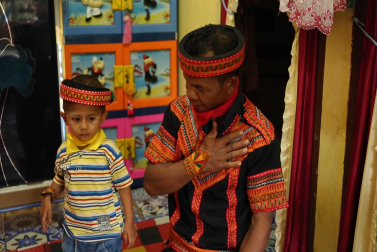Diverse Dances of Asia
There are as many traditional dances in Asia as there are ethnic groups.
In this exhibition, the diversity and dynamics of Asian traditional ethnic dances will be examined through
Igal in the Philippines, Saman and Tari Bali in Indonesia, Ngajat in Malaysia and Lazgi in Uzbekistan.
The traditional dances of each ethnic group show the essence of their culture, and through the dances, one can get a glimpse of their spiritual world and ways of life.
